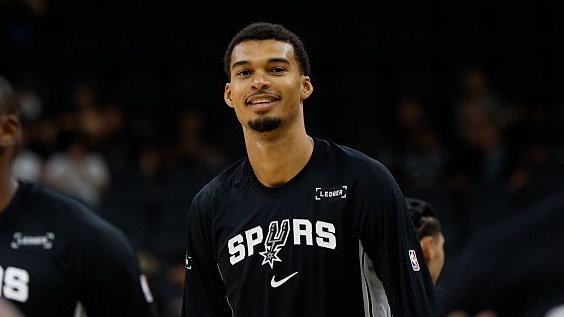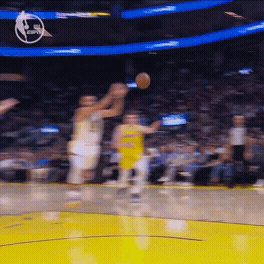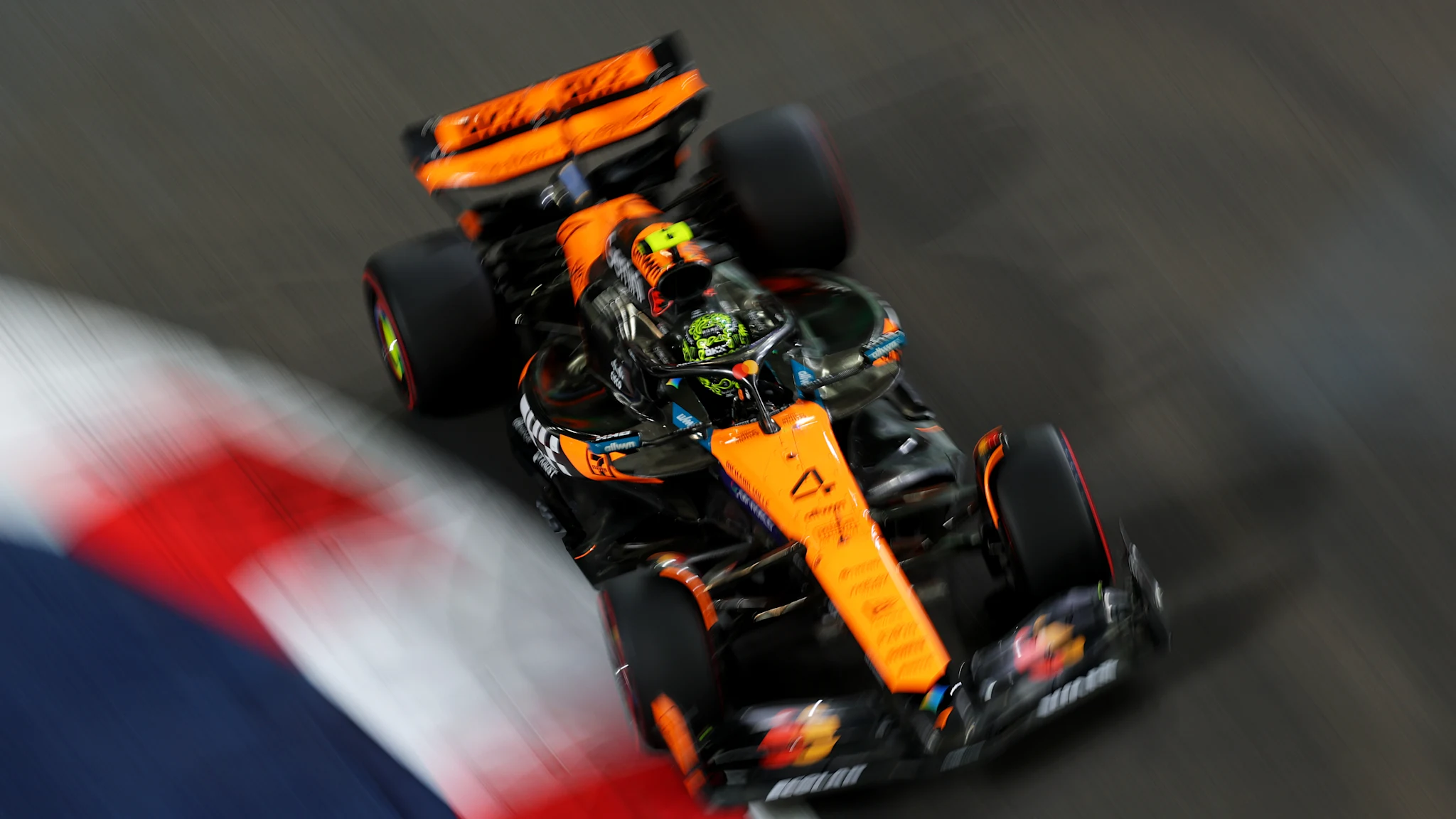Singapore provided another contentious intra-team McLaren moment, as Lando Norris overtook Oscar Piastri in the opening corners of the race, with the help of a bit of contact. It was a race where you could sense the Australian’s growing…
Blog
-

Robots on Mars have just seen the strange deep-space comet tracing across the Martian sky
What do you do when you want to observe something that’s on the other side of the Sun?
That’s the problem astronomers faced as October 2025 rolled around and comet 3I/ATLAS, the mysterious interstellar visitor, became lost in solar glare, as seen…
Continue Reading
-

Taylor Swift Goes ‘Folklore’ for Fall
Swift just stepped out in New York in a look that was peak “All Too Well (10-Minute Version) (Taylor’s Version)”: a pleated Miu Miu miniskirt and knee-high boots by Jennifer Chamandi. It’s the Gilmore–Girls-meets-Gossip Girl combo we’ve…
Continue Reading
-

Starting 5, Oct. 8: The Way Of Wemby
He’s back.
A walking highlight, the Ant-Man wasted no time adding to his 2025-26 reel.

5 STORIES IN TODAY’S EDITION 🏀
Oct. 8, 2025
Tuesday Thrillers: One Peacock premiere, one OT finish, each decided by one point
Wemby’s Road Back:…
Continue Reading
-

James Vowles on his podium pride and Williams’ winning potential
With 16 Drivers’ and Teams’ World Championships combined, Williams are the third most successful team in Formula 1 history – behind Ferrari and McLaren.
But they haven’t won a title since 1997, and it has been 13 years since they last…
Continue Reading
-

Who starred under the Singapore lights? – Formula 1
- Who starred under the Singapore lights? Formula 1
- Norris rejects Piastri’s complaints after McLaren duo clash in Singapore The Guardian
- Toto Wolff puzzled by major ‘surprise box’ after latest F1 swing racingnews365.com
- McLaren wins the F1…
Continue Reading
-

Ollie Bearman ‘really happy’ after bagging ‘super important’ points for Haas in Singapore
Ollie Bearman was left delighted with his work in Singapore, having scored “super important” points for Haas with his ninth place finish.
The Briton started solidly in the top 10 after making it to Q3 on Saturday evening for the first time since…
Continue Reading
-

Pakistan’s Khawaja Asif makes big claim, says India was ‘never truly united, except under Aurangzeb’. Here’s the truth
Pakistani Defence Minister Khawaja Asif has once again stirred a controversy with his statement, as this time he claimed that India was “never truly united except under Aurangzeb”.
“History shows that India was never truly united, except briefly…
Continue Reading
-

Taylor Swift Is Already Wearing Wedding Rings Two Months After Engagement
- Taylor Swift made an appearance on Jimmy Fallon on October 6.
- She showed off her old mine cut engagement ring.
- Some eagle-eyed fans spotted what appeared to be two wedding bands on her pointer finger.
Taylor Swift certainly has “a lot going on…
Continue Reading
-

Analysing video of alleged assassination attempt of Ecuador’s president
Some tips to spot AI generated videospublished at 12:50 BST
Thomas Copeland
BBC Verify Live journalistWe’ve been seeing social media videos showing agents from US Immigration and Customs Enforcement (ICE) and protests against…
Continue Reading
